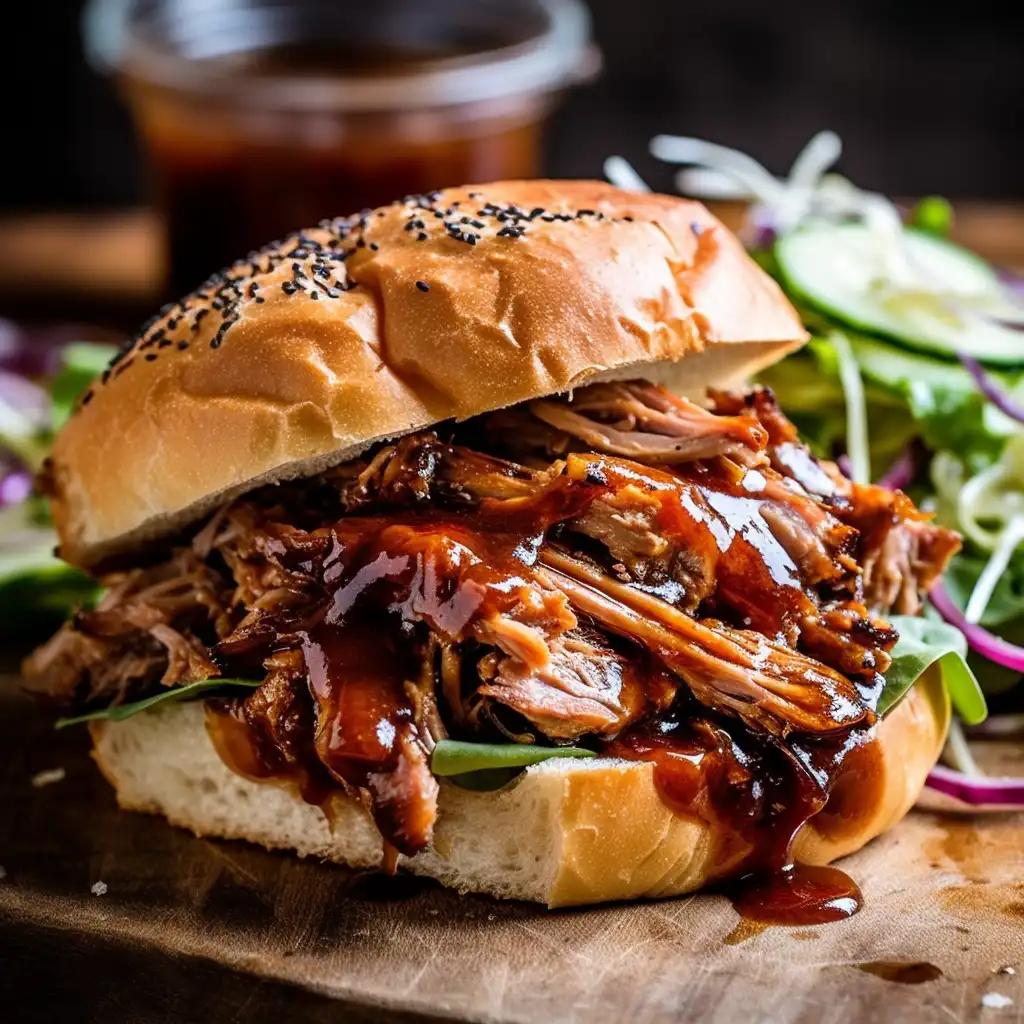
Part 2: Unraveling the Science behind Cooking TemperaturesNow that we’ve explored the differences between 225 and 275 degrees, let’s delve into the science behind these cooking temperatures. When you cook pulled pork at a low temperature like 225 degrees, the collagen in the meat slowly breaks down over time. This collagen is what gives meat its toughness, so by cooking it slowly, you’re allowing it to transform into gelatin, resulting in tender, melt-in-your-mouth pulled pork.On the other hand, cooking at a higher temperature like 275 degrees can still yield delicious results. The higher heat helps to break down the collagen more quickly, resulting in a slightly different texture. The meat may be slightly firmer and have a crisper exterior, while still remaining tender and juicy on the inside.Ultimately, the choice between 225 and 275 degrees comes down to personal preference. If you have the time and patience, cooking at 225 degrees will reward you with incredibly tender and flavorful pulled pork. But if time is of the essence or you prefer a slightly different texture, cooking at 275 degrees is a fantastic option.Sous Vide Pulled Pork: A Tribute to Temperature ControlBefore we dive into the specific recipes, let’s take a moment to appreciate the wonders of sous vide cooking. Sous vide is a French cooking technique that involves vacuum-sealing food in a bag and cooking it in a water bath at a precise temperature. This method allows for unparalleled temperature control, ensuring that your pulled pork is cooked to perfection every time.To make sous vide pulled pork, start by seasoning your pork shoulder with your favorite spices and herbs. Place it in a vacuum-sealed bag and cook it in a water bath set to 165 degrees Fahrenheit for 24 hours. Yes, you read that right – a whole day of slow, low-temperature cooking. The result? Fork-tender pulled pork that will make you question every other cooking method you’ve ever tried.Once the pork shoulder is done cooking, remove it from the bag and shred it using two forks. You can then add your favorite barbecue sauce or seasoning to enhance the flavor. If you prefer a crispier exterior, you can finish the pulled pork on a hot grill or under the broiler for a few minutes.Sous vide pulled pork is a game-changer, allowing you to achieve the perfect cooking temperature with ease. Plus, the long cooking time allows the flavors to meld together beautifully, resulting in a truly unforgettable dish.
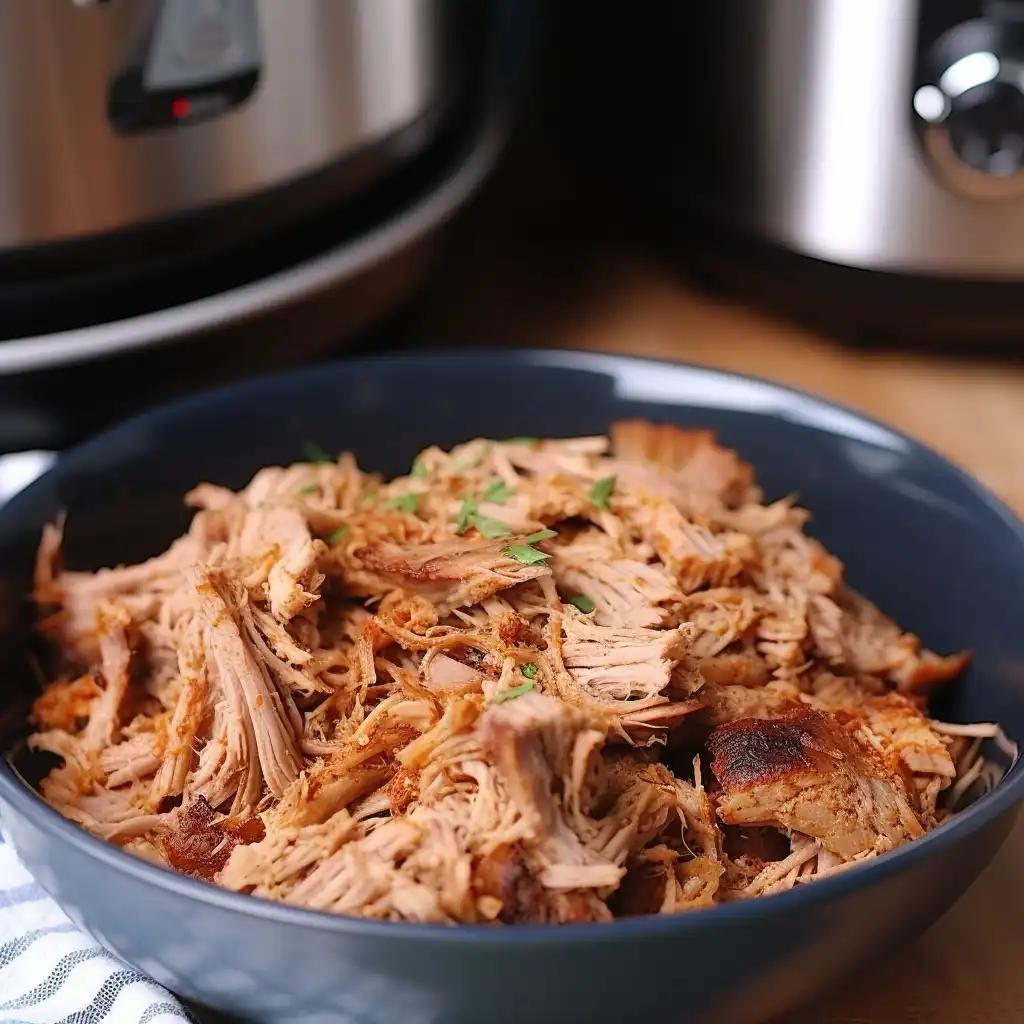
Part 3: The 225 Degree Magic: Slow and Steady Wins the TasteNow that we’ve covered sous vide pulled pork, let’s explore the slow and steady method of cooking at 225 degrees. This temperature is often favored by pitmasters and barbecue enthusiasts for its ability to produce incredibly tender and flavorful pulled pork. The low heat allows the meat to cook slowly, giving the collagen ample time to break down and create that signature melt-in-your-mouth texture.To make honey-glazed pulled pork at 225 degrees, start by preparing your pork shoulder. Rub it generously with a mixture of salt, black pepper, garlic powder, and paprika. Let the meat marinate in the refrigerator for at least 4 hours, or overnight for maximum flavor.When it’s time to cook, preheat your smoker or grill to 225 degrees Fahrenheit. Place the pork shoulder on the grate and let it cook for about 1 hour per pound, or until the internal temperature reaches 195-205 degrees Fahrenheit. Remember to use a meat thermometer to ensure accuracy.While the pork is cooking, you can prepare a simple honey glaze to complement the flavors. In a small saucepan, combine honey, apple cider vinegar, Dijon mustard, and a pinch of red pepper flakes. Heat the mixture over low heat until it becomes slightly thickened.Once the pork is done cooking, remove it from the smoker or grill and let it rest for 15-20 minutes. This allows the juices to redistribute and ensures a moist and tender end result. After the resting period, use two forks to shred the pork, discarding any excess fat. Drizzle the honey glaze over the shredded meat and toss to coat.The result? A mouthwatering plate of honey-glazed pulled pork that will have your taste buds singing. The slow and steady cooking method at 225 degrees allows the flavors to develop beautifully, resulting in a dish that is succulent, tender, and bursting with smoky goodness.
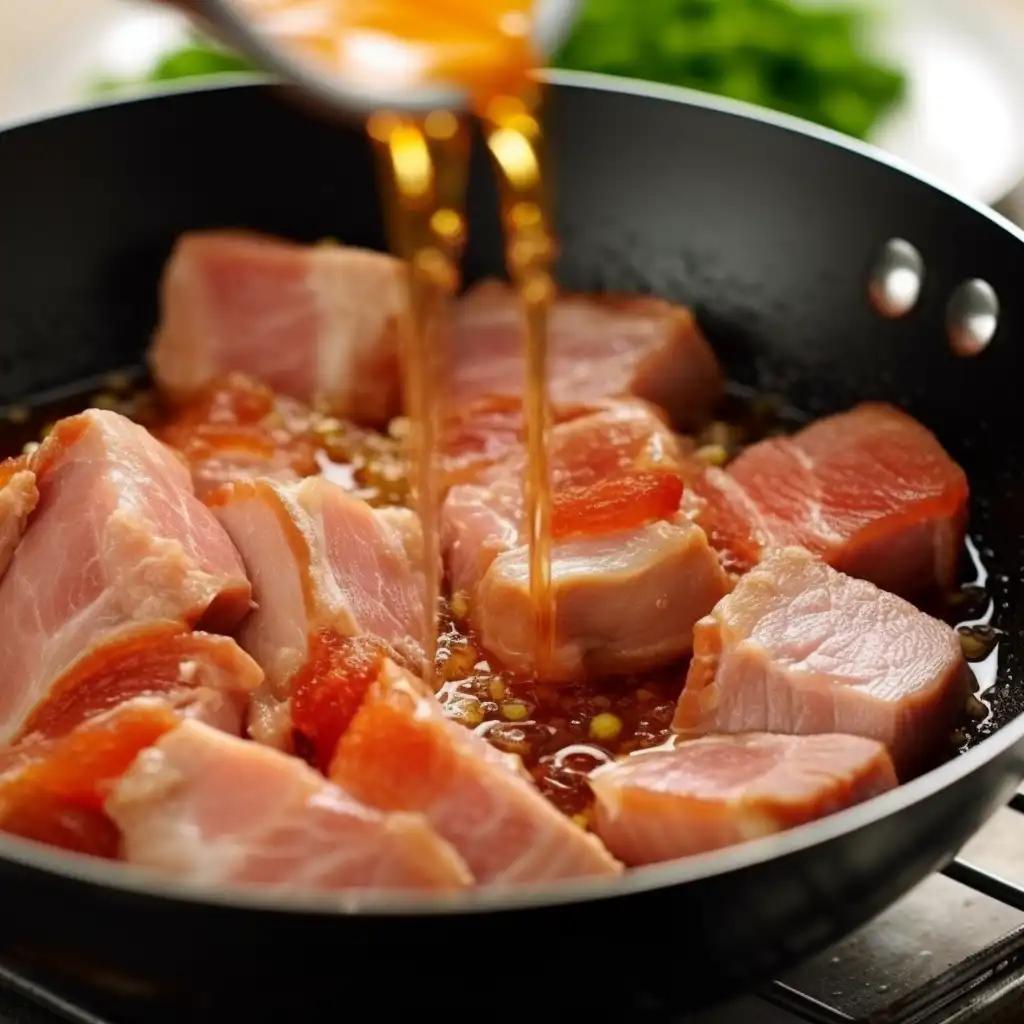
Preparation and Brining Tips for 225 Degree Pulled PorkBefore we move on to the next recipe, let’s take a moment to discuss some preparation and brining tips for cooking pulled pork at 225 degrees. These tips will help you achieve the best possible results and ensure that your meat is tender, flavorful, and moist.Choose the right cut of meat: When it comes to pulled pork, the ideal cut is a pork shoulder or pork butt. These cuts are well-marbled and contain enough fat to keep the meat moist during the long cooking process.Brine the meat: Brining is a process that involves soaking the meat in a saltwater solution before cooking. This helps to infuse the meat with flavor and ensures that it stays moist during the cooking process. To brine your pork shoulder, simply dissolve 1 cup of kosher salt and 1/2 cup of brown sugar in 1 gallon of water. Place the pork shoulder in the brine and refrigerate for at least 4 hours, or overnight.Use a flavor-infusing rub: A good rub can take your pulled pork to the next level. Mix together your favorite spices and herbs, such as paprika, garlic powder, onion powder, brown sugar, and black pepper. Rub the mixture all over the pork shoulder, making sure to get into all the nooks and crannies. Let the meat sit with the rub for at least 30 minutes before cooking to allow the flavors to penetrate.Maintain a consistent temperature: When cooking at 225 degrees, it’s important to maintain a consistent temperature throughout the entire cooking process. Fluctuations in temperature can result in uneven cooking and dry meat. Use a quality smoker or grill that allows for precise temperature control, and keep an eye on the thermometer to ensure it stays steady.By following these tips, you’ll be well on your way to achieving tender, flavorful pulled pork cooked at 225 degrees.
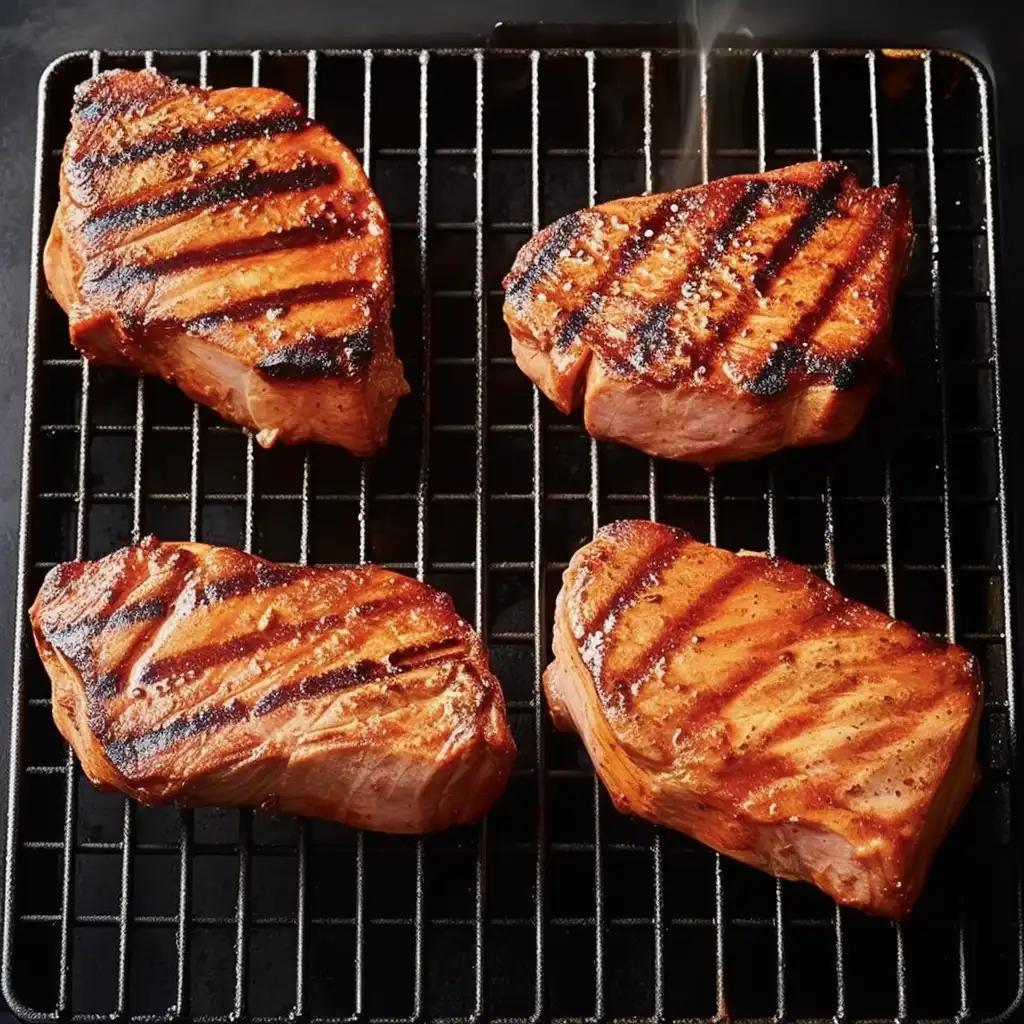
Part 4: The 275 Degree Heat: Spicy Paprika Pulled PorkNow that we’ve explored the slow and steady method at 225 degrees, let’s turn up the heat and explore the bolder flavors of cooking pulled pork at 275 degrees. This slightly higher temperature offers a faster cooking time and can result in a slightly different texture and flavor profile.To make spicy paprika pulled pork at 275 degrees, start by preparing a spice rub. In a small bowl, combine paprika, chili powder, cayenne pepper, brown sugar, salt, and black pepper. Mix well to combine.Rub the spice mixture all over the pork shoulder, making sure to cover every inch. Let the meat sit with the rub for at least 30 minutes to allow the flavors to penetrate.Preheat your smoker or grill to 275 degrees Fahrenheit. Place the pork shoulder on the grate and let it cook for about 45 minutes to 1 hour per pound, or until the internal temperature reaches 195-205 degrees Fahrenheit.While the pork is cooking, you can prepare a tangy barbecue sauce to complement the spicy flavors. In a saucepan, combine ketchup, apple cider vinegar, Worcestershire sauce, brown sugar, mustard, and a pinch of cayenne pepper. Heat the sauce over low heat until it thickens slightly.Once the pork is done cooking, remove it from the smoker or grill and let it rest for 15-20 minutes. This allows the juices to redistribute and ensures a moist and tender end result. After the resting period, use two forks to shred the pork, discarding any excess fat. Toss the shredded meat with the tangy barbecue sauce, coating it evenly.The result? A plate of spicy paprika pulled pork that packs a punch. The higher cooking temperature of 275 degrees helps to render the fat more quickly, resulting in a slightly crispier exterior. The spice rub adds a delicious kick, while the tangy barbecue sauce balances out the heat with its sweet and tangy flavors.
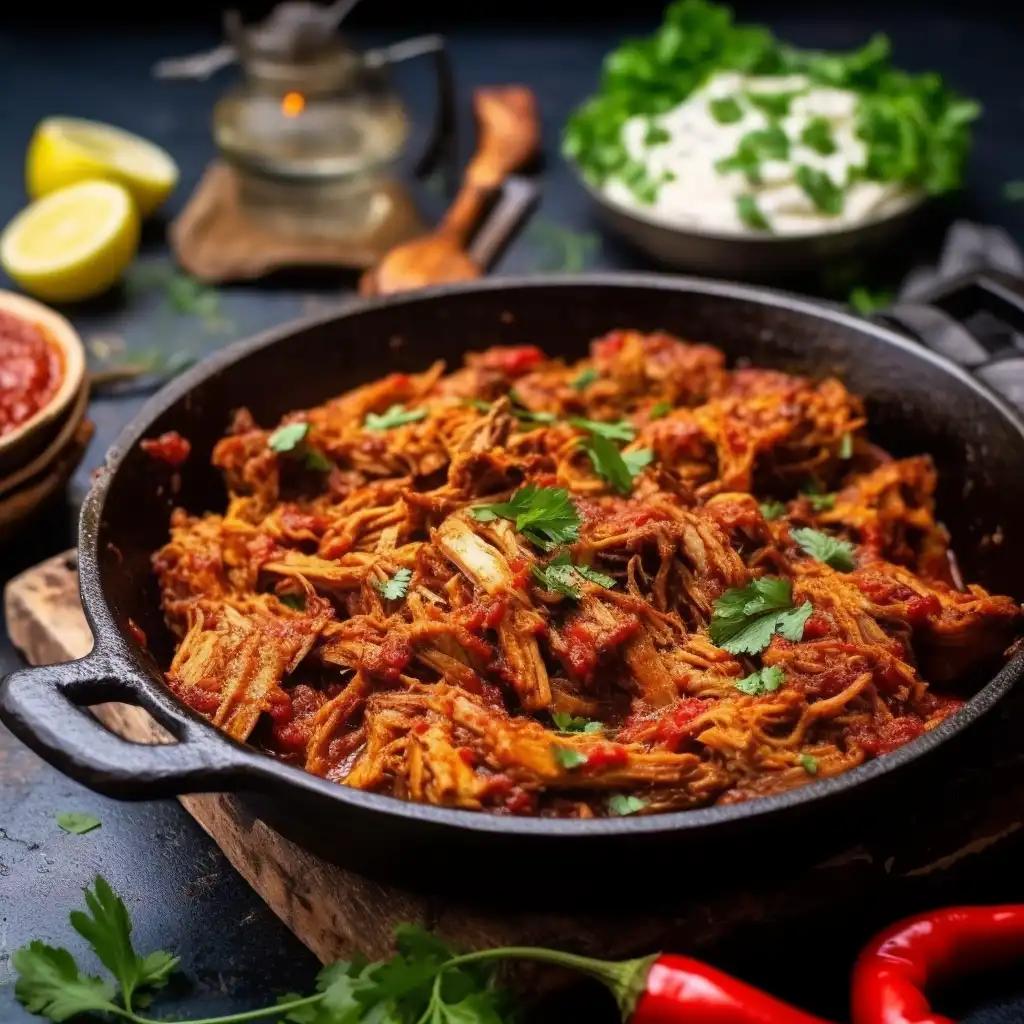
Sauce and Spice Rub Preparation for 275 Degree Pulled PorkBefore we move on to the next section, let’s take a moment to discuss the preparation of sauce and spice rub for cooking pulled pork at 275 degrees. These components play a crucial role in enhancing the flavors of the meat and creating a well-rounded and delicious end result.Spice rub: A good spice rub can take your pulled pork to the next level. Mix together your favorite spices and herbs, such as paprika, chili powder, cayenne pepper, brown sugar, salt, and black pepper. Adjust the amounts of each ingredient to suit your taste preferences. Rub the mixture all over the pork shoulder, making sure to get into all the nooks and crannies. Let the meat sit with the rub for at least 30 minutes before cooking to allow the flavors to penetrate.Barbecue sauce: A tangy barbecue sauce can add a burst of flavor to your pulled pork. In a saucepan, combine ketchup, apple cider vinegar, Worcestershire sauce, brown sugar, mustard, and any other seasonings you like, such as garlic powder or onion powder. Heat the sauce over low heat until it thickens slightly. Adjust the sweetness, tanginess, and spiciness to your liking.By preparing a flavorful spice rub and a tangy barbecue sauce, you’ll be able to elevate the flavors of your pulled pork cooked at 275 degrees.
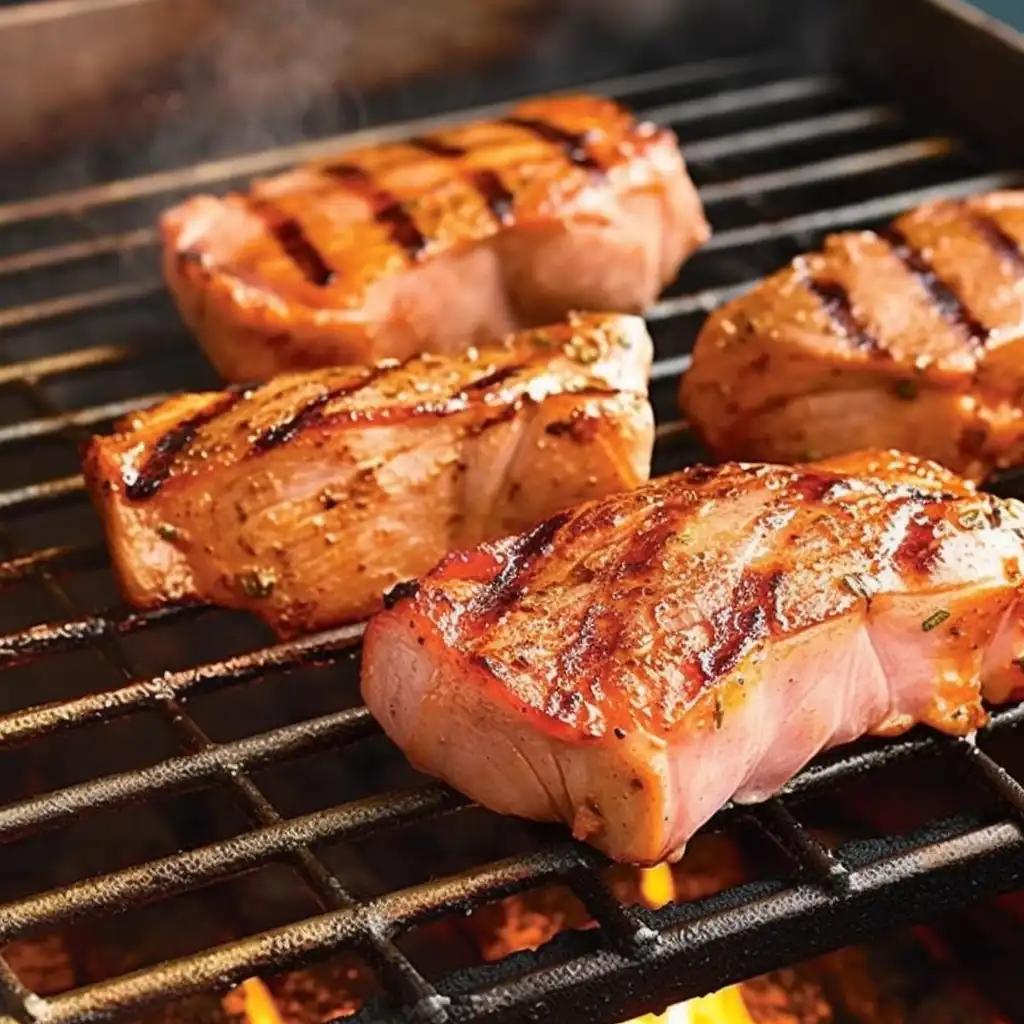
Part 5: The Texture Balance: Understanding Moisture in Pulled PorkNow that we’ve explored the differences between 225 and 275 degrees, let’s take a moment to discuss the role of moisture in pulled pork. Moisture is a key component in achieving that perfect balance of tenderness and juiciness in your meat.When cooking pulled pork at 225 degrees, the slow and steady cooking process allows the meat to retain more moisture. The collagen in the pork breaks down slowly at this temperature, resulting in a more gelatinous texture that helps to trap the moisture inside. The result is incredibly tender and juicy pulled pork that practically melts in your mouth.On the other hand, cooking at 275 degrees can result in a slightly different texture. The higher heat helps to render the fat more quickly, resulting in a slightly crisper exterior. While this can add a nice textural contrast, it also means that the meat may be slightly drier compared to cooking at 225 degrees. To combat this, it’s important to choose a well-marbled cut of meat and to monitor the internal temperature closely to prevent overcooking.Ultimately, the choice between 225 and 275 degrees comes down to personal preference. If you prefer a more tender and juicy texture, cooking at 225 degrees is the way to go. But if you enjoy a slightly firmer texture with a crisper exterior, cooking at 275 degrees can deliver fantastic results.As the Smoke Rolls: Cooking Pulled Pork at Variable TemperaturesNow that we’ve explored the benefits of cooking pulled pork at 225 and 275 degrees, let’s dive into the concept of cooking at variable temperatures over time. This method involves starting the cooking process at a lower temperature and then gradually increasing the heat to finish the meat. The result is a combination of tenderness, smokiness, and complex flavors.To make smoky mesquite pulled pork with temperature transition, start by preparing a marinade for your pork shoulder. In a bowl, combine olive oil, apple cider vinegar, Worcestershire sauce, brown sugar, garlic powder, onion powder, smoked paprika, mesquite seasoning, salt, and black pepper. Mix well to combine.Place the pork shoulder in a large resealable bag and pour the marinade over it. Seal the bag and refrigerate for at least 4 hours, or overnight for maximum flavor.When it’s time to cook, preheat your smoker or grill to 225 degrees Fahrenheit. Remove the pork shoulder from the marinade and place it on the grate. Let it cook at 225 degrees for the first 3-4 hours, allowing the flavors to develop and the collagen to break down.After the initial cooking period, increase the temperature to 275 degrees Fahrenheit. Continue cooking the pork shoulder until the internal temperature reaches 195-205 degrees Fahrenheit, or until the meat is tender and easily shreds with a fork.While the pork is cooking, you can prepare a smoky mesquite barbecue sauce to complement the flavors. In a saucepan, combine ketchup, apple cider vinegar, brown sugar, smoked paprika, mesquite seasoning, and a pinch of cayenne pepper. Heat the sauce over low heat until it thickens slightly.Once the pork is done cooking, remove it from the smoker or grill and let it rest for 15-20 minutes. This allows the juices to redistribute and ensures a moist and tender end result. After the resting period, use two forks to shred the pork, discarding any excess fat. Toss the shredded meat with the smoky mesquite barbecue sauce, coating it evenly.The result? A plate of smoky mesquite pulled pork that combines the best of both worlds – the tenderness and flavor development of slow-cooking at 225 degrees, and the slightly crisper exterior and smoky flavor of cooking at 275 degrees. The temperature transition allows for a more complex flavor profile and creates a truly unique and delicious dish.Marination and Temperature Transition Tips for Variable Temperature Pulled PorkBefore we move on to the conclusion, let’s take a moment to discuss some marination and temperature transition tips for cooking pulled pork at variable temperatures. These tips will help you achieve the best possible results and ensure that your meat is tender, flavorful, and perfectly cooked.Marination: Marinating your pork shoulder before cooking is a great way to infuse it with flavor and enhance the taste. Be sure to choose a marinade that complements the flavors of the meat and contains a balance of acidic, sweet, and savory elements. Let the meat marinate for at least 4 hours, or overnight for maximum flavor penetration.Temperature transition: When transitioning from one temperature to another during cooking, it’s important to do so gradually. Sudden changes in temperature can result in uneven cooking and dry meat. Increase the temperature by 25-50 degrees at a time and allow the meat to adjust before making the next temperature change. This will ensure that the meat cooks evenly and retains its moisture.By following these tips, you’ll be able to achieve perfectly marinated and cooked pulled pork with a unique flavor profile.
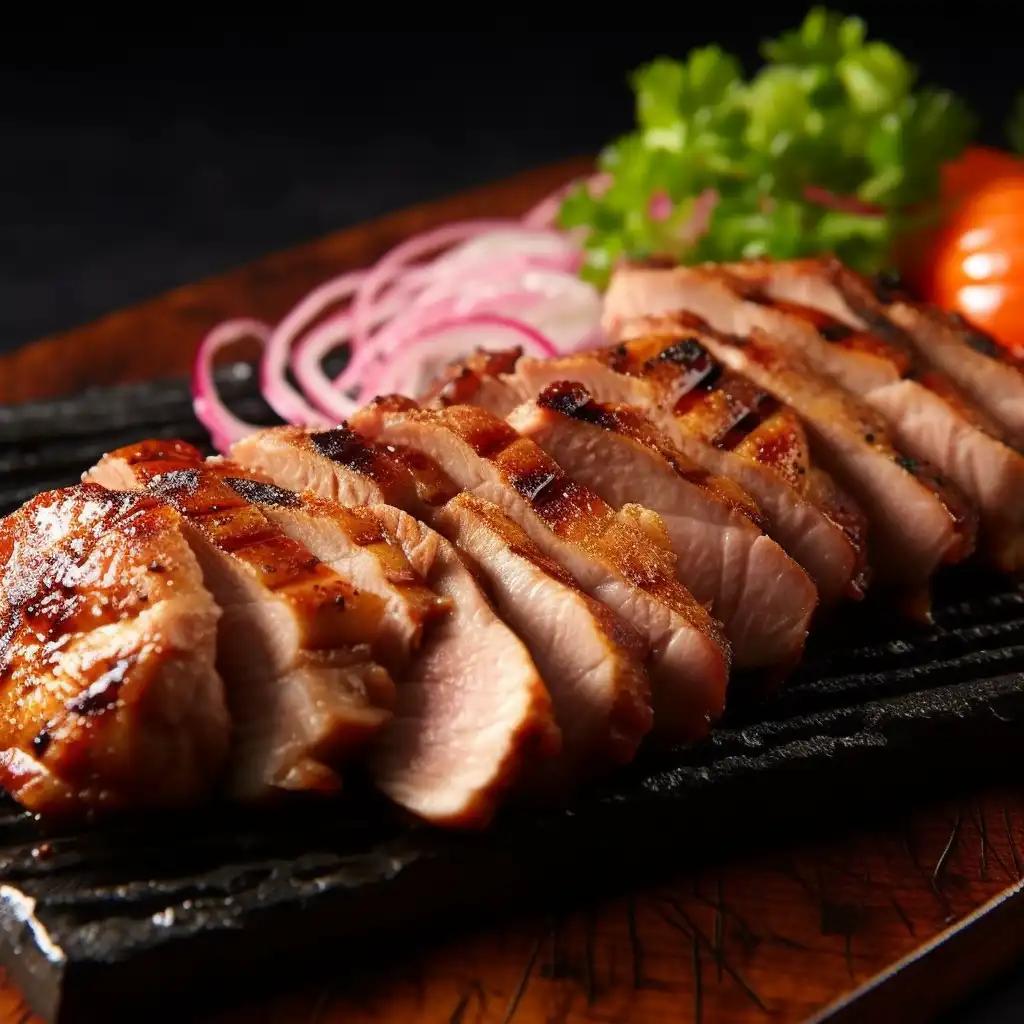
ConclusionIn the world of pulled pork, the temperature you choose can make all the difference. Whether you opt for the slow and steady method at 225 degrees or the slightly higher heat of 275 degrees, both temperatures offer their own unique benefits and flavors.Cooking pulled pork at 225 degrees allows for slow and gradual collagen breakdown, resulting in tender and juicy meat that practically melts in your mouth. The low temperature also allows the flavors to develop more fully, resulting in a complex and well-rounded taste.On the other hand, cooking at 275 degrees offers a faster cooking time and can result in a slightly firmer texture with a crisper exterior. The higher heat helps to render the fat more quickly, resulting in a smokier flavor and a slightly different flavor profile.Ultimately, the choice between 225 and 275 degrees comes down to personal preference. Whether you prefer the slow and steady approach or the slightly bolder flavors of higher heat, experimenting with different temperatures is part of the joy of cooking pulled pork. So, grab your smoker or grill, fire it up to your preferred temperature, and let the magic happen.FAQsCan I cook pulled pork at a higher temperature like 300 degrees?While you can certainly cook pulled pork at a higher temperature like 300 degrees, it’s important to keep in mind that the higher heat can result in a faster cooking time and a slightly different texture. The meat may be slightly drier compared to cooking at lower temperatures. If you choose to cook at 300 degrees, be sure to monitor the internal temperature closely to prevent overcooking.How long does it take to cook pulled pork at 225 degrees?The cooking time for pulled pork at 225 degrees can vary depending on the size of the meat. As a general rule of thumb, you can estimate about 1 hour per pound of meat. However, it’s always best to rely on a meat thermometer to determine when the pork is done. The internal temperature should reach 195-205 degrees Fahrenheit for perfectly tender pulled pork.Can I brine the pork shoulder overnight before cooking at 275 degrees?Yes, you can definitely brine the pork shoulder overnight before cooking at 275 degrees. Brining helps to infuse the meat with flavor and keep it moist during the cooking process. Simply dissolve 1 cup of kosher salt and 1/2 cup of brown sugar in 1 gallon of water, and let the pork shoulder soak in the brine overnight in the refrigerator.Can I combine the slow and steady method with the temperature transition method?Absolutely! Combining different cooking methods can result in unique and delicious flavors. To combine the slow and steady method with the temperature transition method, you can start by cooking the pork shoulder at 225 degrees for the first few hours to allow the flavors to develop. Then, increase the temperature to 275 degrees to finish the cooking process. This can result in a combination of tenderness, smokiness, and complex flavors.Can I use a gas grill instead of a smoker to cook pulled pork at 225 or 275 degrees?Yes, you can use a gas grill instead of a smoker to cook pulled pork at 225 or 275 degrees. Gas grills offer precise temperature control, making them a great option for slow-cooking meats like pulled pork. Simply adjust the burners to achieve the desired temperature and follow the same cooking method as you would with a smoker. Just be sure to monitor the internal temperature of the meat to ensure it cooks evenly and reaches the desired doneness.
from FOX HEIGHTS https://foxheightspubandgrill.com/post/pulled-pork-temperature
via IFTTT
from Fox Heights Pub and Grill https://foxheightspubandgrill.blogspot.com/2023/08/mastering-perfect-pulled-pork-achieve.html
via IFTTT
from Fox Heights Pub and Grill https://foxheightspubandgrill0.wordpress.com/2023/08/22/mastering-the-perfect-pulled-pork-achieve-tender-perfection-at-225-or-275-degrees/
via IFTTT
from Kellie Ortiz https://kellieortiz.blogspot.com/2023/08/mastering-perfect-pulled-pork-achieve.html
via IFTTT
from Kellie Ortiz https://kellieortiz.wordpress.com/2023/08/22/mastering-the-perfect-pulled-pork-achieve-tender-perfection-at-225-or-275-degrees/
via IFTTT
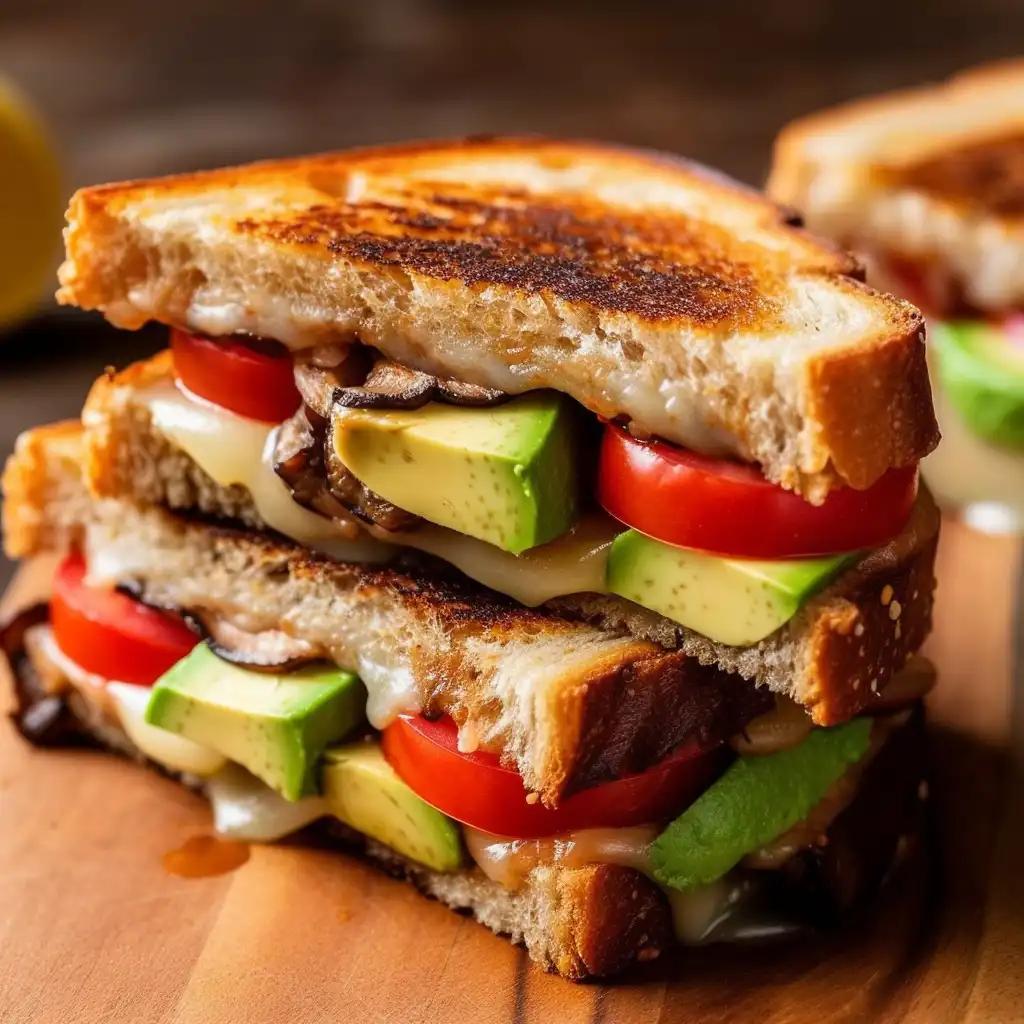
No comments:
Post a Comment